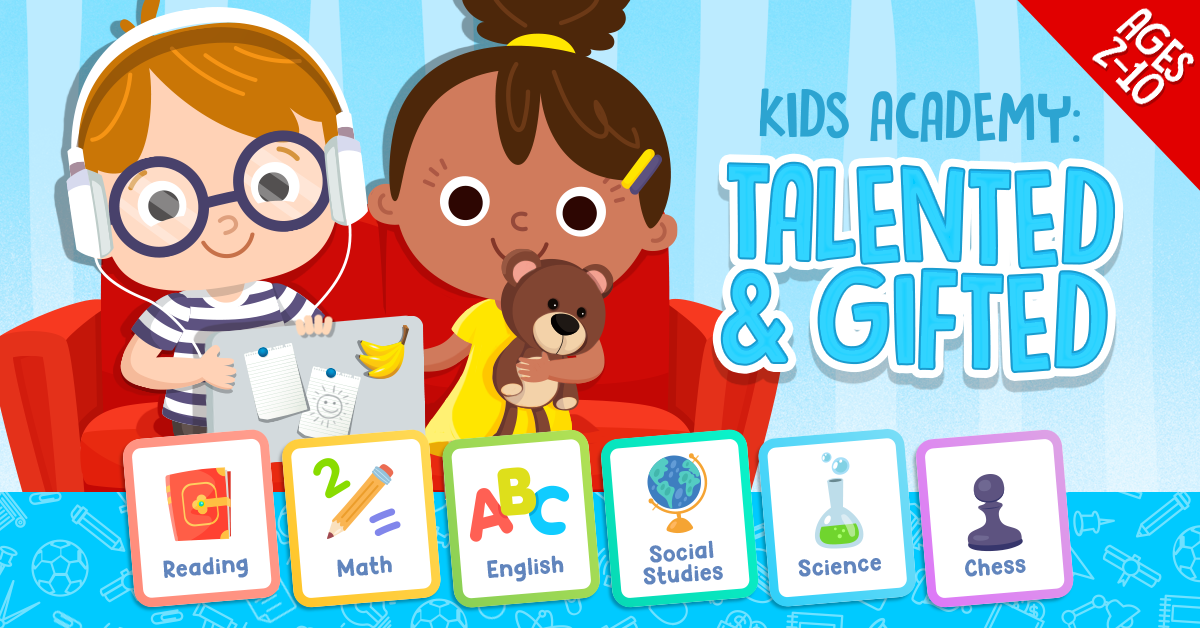Visual Learning Normal Worksheets for Ages 7-8
8 filtered results
-
From - To
Discover our thoughtfully designed Visual Learning Worksheets for children aged 7-8, aimed at enhancing their understanding through engaging and interactive content. These printable resources cater to various learning styles, making complex concepts easier to grasp. Our worksheets focus on vital skills such as pattern recognition, comprehension, and critical thinking, all while fostering creativity and cognitive development. Each worksheet is tailored to help young learners visualize their thoughts and ideas, promoting a deeper connection with the material. Explore our collection today to support your child's educational journey and cultivate a love for learning through visual exploration and practice!
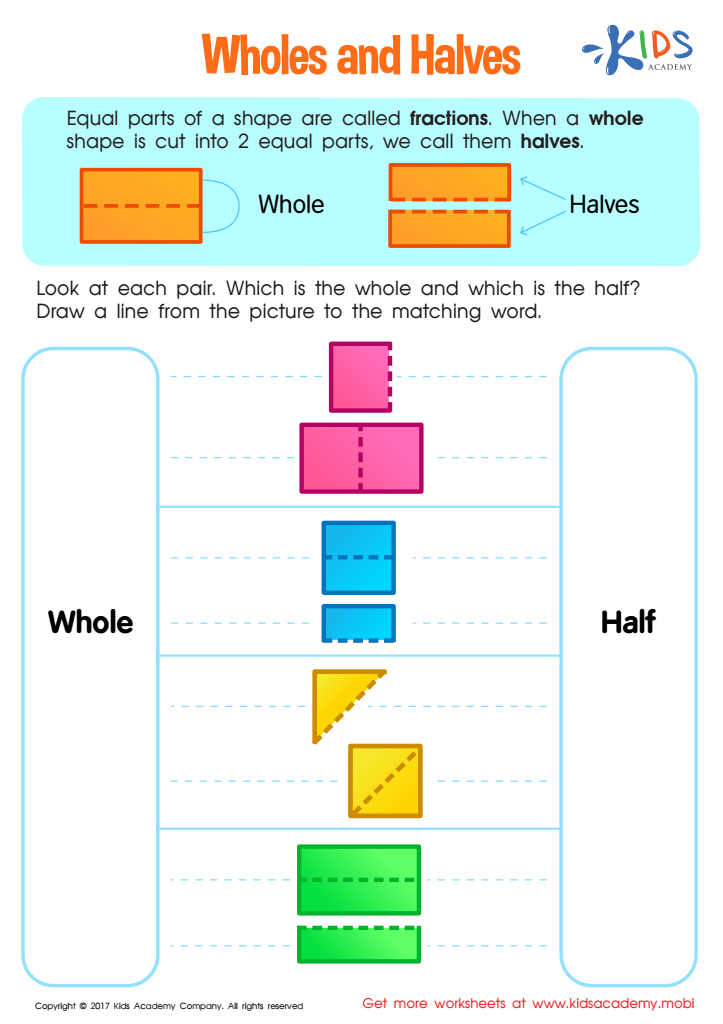

Wholes and Halves Worksheet
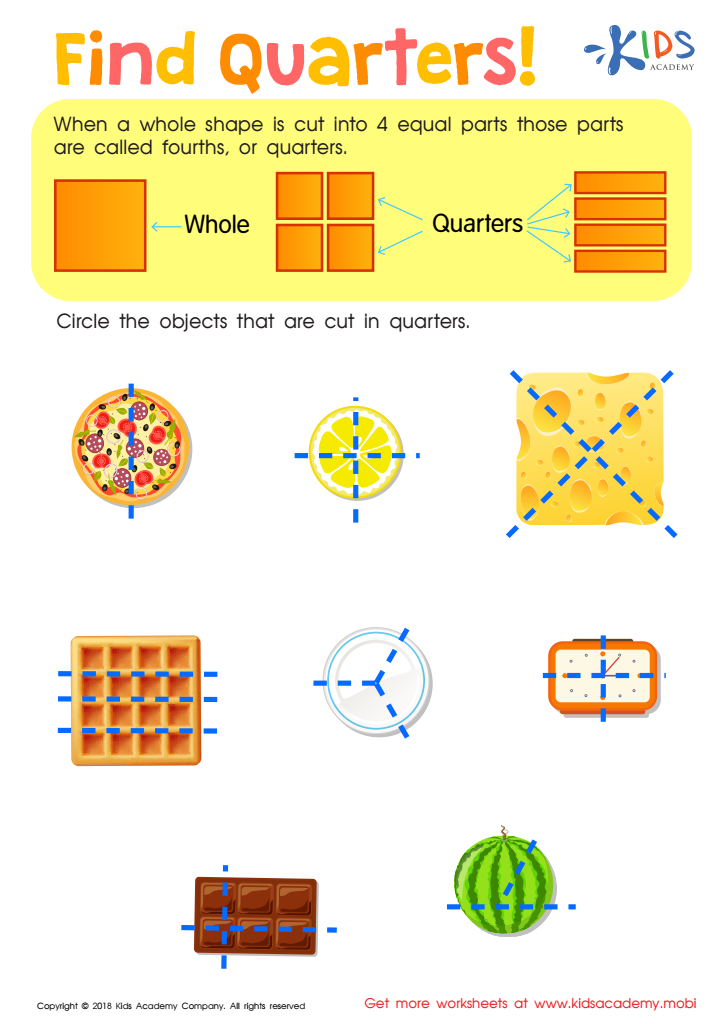

Find Quarters Worksheet


Hot Air Balloon Math Worksheet
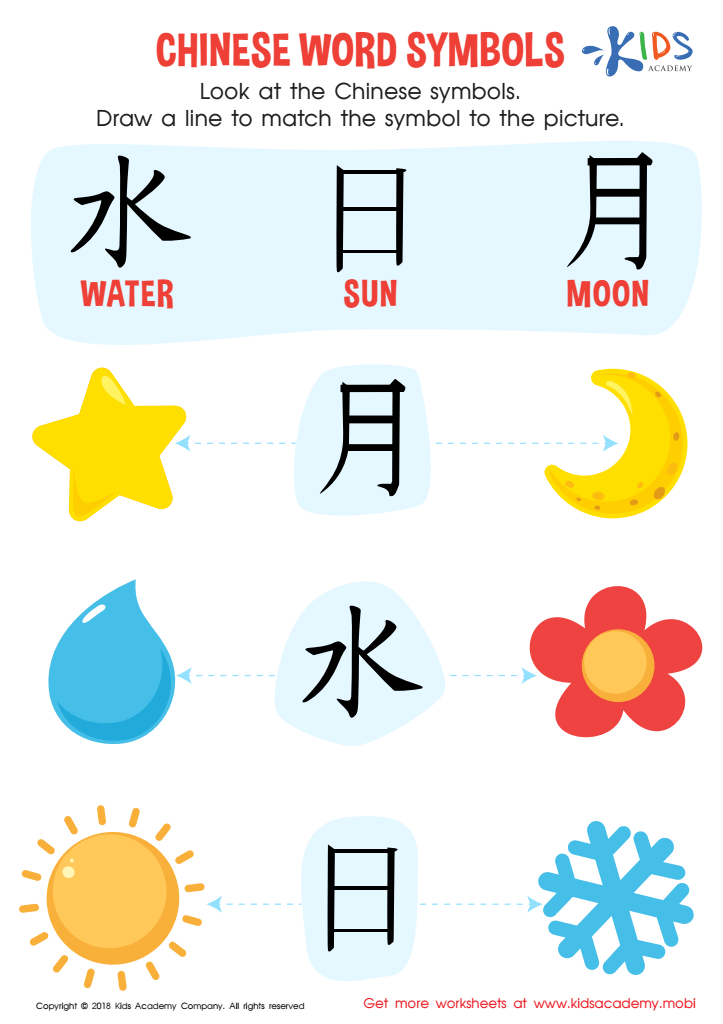

Chinese Word Symbols Worksheet
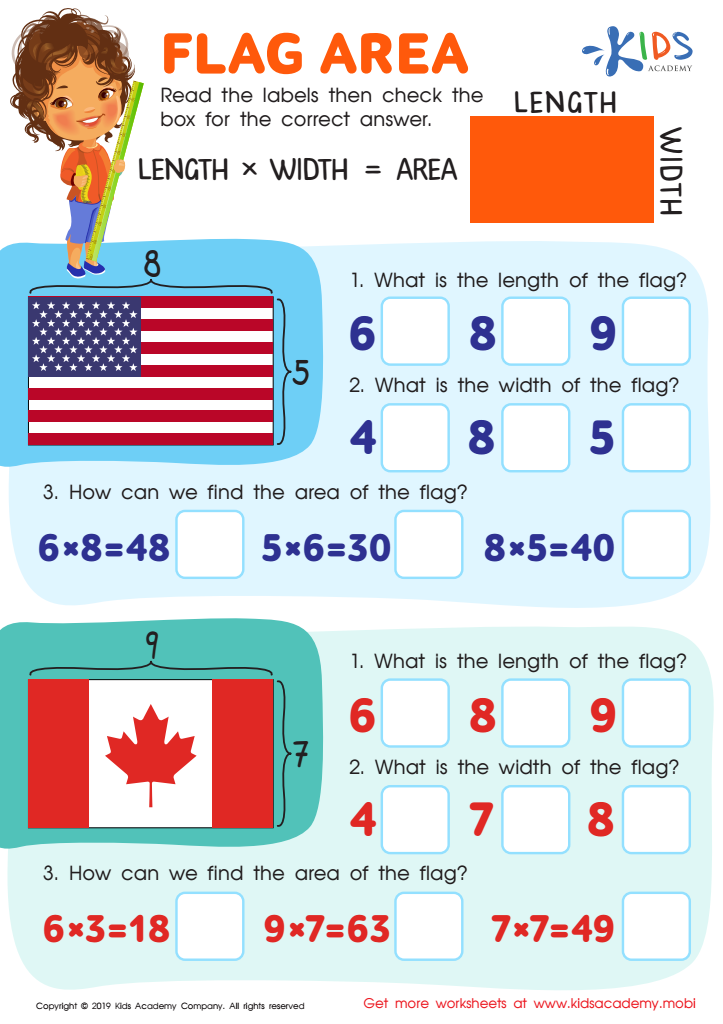

Flag Area Worksheet
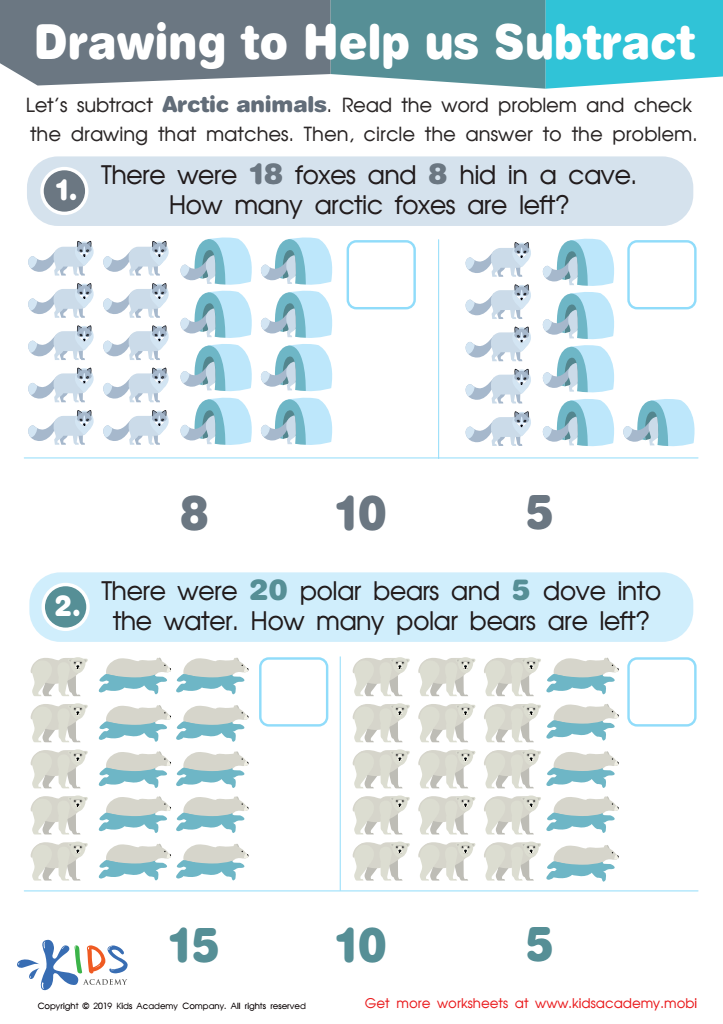

Drawing to Help Us Subtract Worksheet
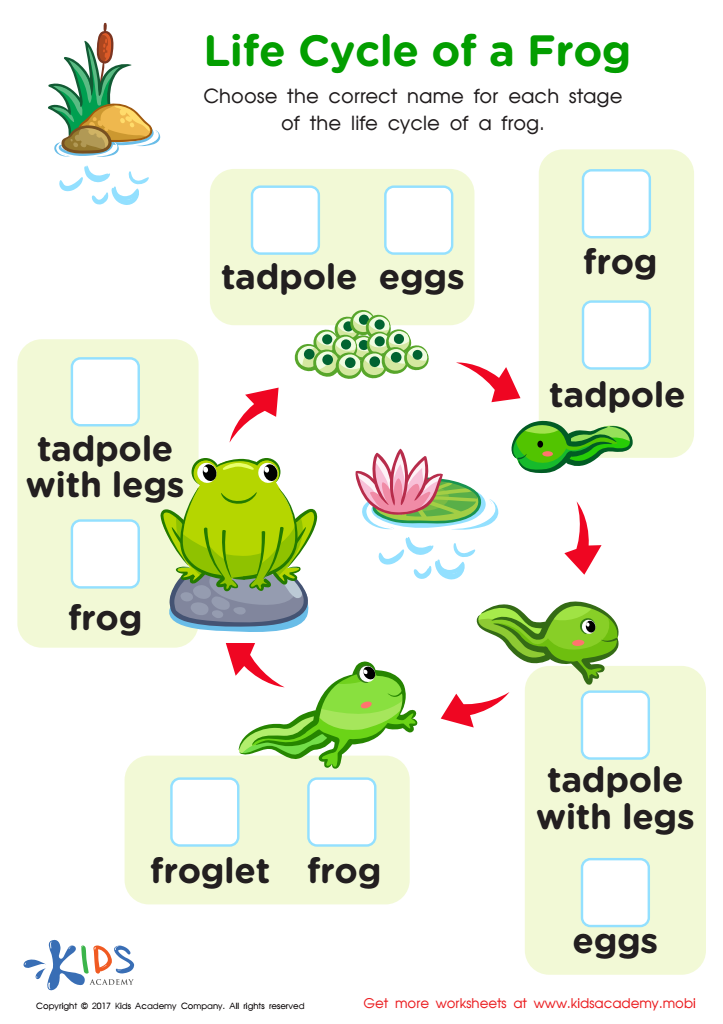

Life Cycle Frog Printable
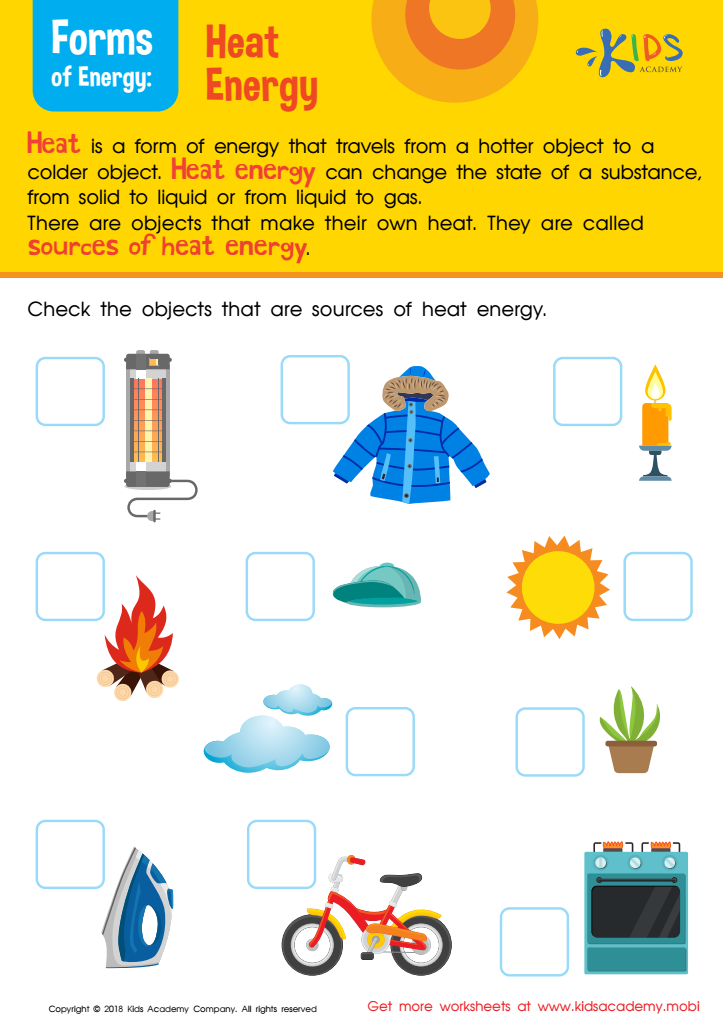

Sources of Heat Energy Worksheet
Visual learning is crucial for children aged 7-8 as it significantly enhances their comprehension and retention of information. At this age, children are developing critical thinking and problem-solving skills, and incorporating visual methods can support these capabilities. Visual learning tools, such as diagrams, charts, and interactive media, cater to diverse learning styles, making information more accessible and engaging.
For parents and teachers, understanding the importance of visual learning can inform their approaches to education. Children in this age group are naturally curious and often respond better to visual stimuli than traditional text-based materials. By integrating visual aids into learning, teachers can reinforce concepts, aid vocabulary acquisition, and stimulate creativity.
Additionally, visual learning encourages collaboration and communication among peers, fostering a supportive learning community. When parents engage in visual activities—like using illustrations, family trees, or educational games—they can enhance learning at home, reinforcing what children learn in school. Understanding and investing in visual learning strategies can lead to improved academic outcomes, greater student involvement, and a more profound love for learning, ultimately shaping well-rounded future learners.
 Assign to My Students
Assign to My Students



